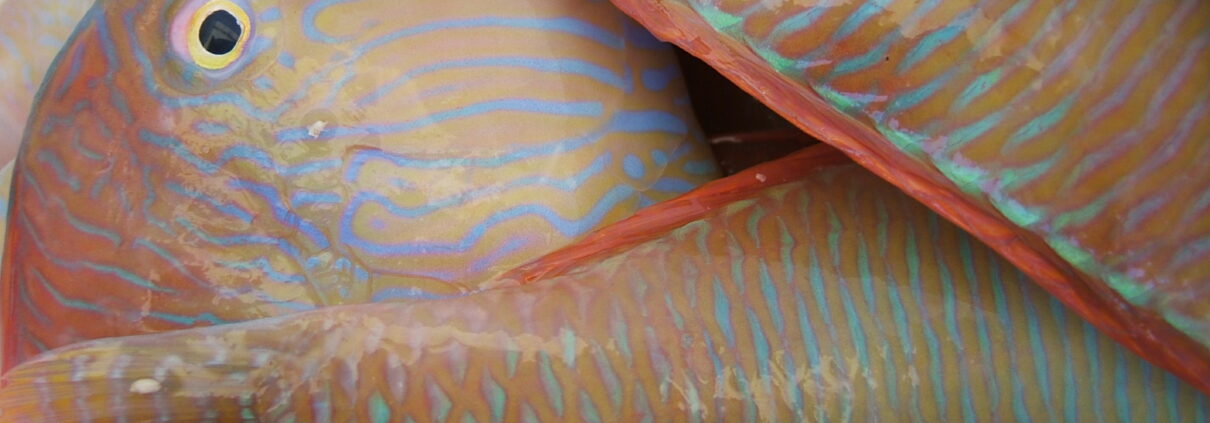‘Raor’: The season of this bite begins
From September 1 to March 31, the ban is lifted to fish for ‘raor’, a delicacy of Balearic gastronomy. With white, soft and exquisite meat, this species, also known as ‘llorito’, ‘galán’ or ‘pejepeine’ is found in the temperate waters of the Mediterranean and Atlantic.
‘Raor’, shaped like a razor, is highly appreciated in island cuisine. Their prices have skyrocketed in recent years to reach € 100 per kilo. Only a few professional fishermen are dedicated to catching it, so fishing for the raor is fundamentally recreational in nature: in the Balearic Islands there are more than 12,000 recreational boat licenses.
On the hunt for a marine jewel
The departure of the boats in search of the first raors is quite an event. Hundreds of ships are concentrated on the Mallorcan coast in an unprecedented naval deployment. Fishermen strive to get hold of this delicacy, which they later tend to enjoy as a family. The amount of fishing allowed per license and day is 50 units, with a maximum of 300 per boat. Enough to treat yourself to a good feast.
The closure imposed in 2020, in order to protect a threatened species, has improved its presence in the waters of the archipelago. In addition, the size of the raors has increased by an average of 20%.
How to taste this fish
Most chefs agree that this fish can best be savored in the simplest way: fried in hot olive oil. To accompany it, Italian fries, mushrooms or green peppers are often served.
The usual thing is to let them spend a few hours out of the sea from their capture so that they can cook well and do not fall apart.



